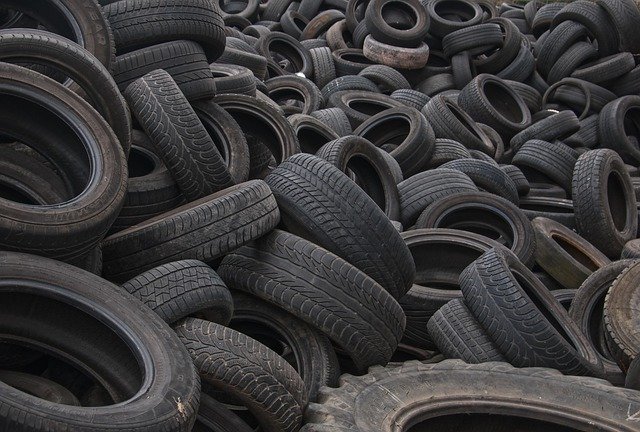Recycling Tires: Eco-Friendly Ways to Create a Greener Future
Tire recycling is an essential practice that transforms discarded rubber into valuable resources, reducing environmental impact and conserving energy. As millions of tires reach the end of their useful life each year, innovative recycling methods are emerging to give these materials a second chance. This article explores the world of tire recycling, from its importance to the processes involved and how you can participate in this eco-friendly initiative.

Why is tire recycling crucial for environmental sustainability?
Tire recycling plays a vital role in environmental conservation and resource management. When tires are not properly disposed of, they can become breeding grounds for mosquitoes and rodents, posing health risks to communities. Moreover, tire stockpiles are fire hazards, releasing toxic fumes and oils when ignited. By recycling tires, we reduce landfill waste, prevent potential environmental hazards, and conserve valuable materials that can be repurposed for various applications.
What materials can be recovered from recycled tires?
The recycling process extracts several valuable materials from used tires. Rubber, the primary component, can be repurposed into various products such as playground surfaces, athletic tracks, and rubberized asphalt for roads. Steel wire, another significant component, is separated and recycled in steel mills. Textile fibers found in tires can be used as fuel in cement kilns or as filling material in various applications. By recovering these materials, tire recycling contributes to resource conservation and reduces the need for virgin materials in manufacturing.
How does the tire recycling process work?
The tire recycling process involves several steps to break down and separate the different components of a tire. Initially, whole tires are shredded into smaller pieces using powerful machinery. These tire chunks then go through a granulation process, which further reduces their size and separates the rubber from steel and textile components. Magnets are used to extract steel wire, while air classification systems remove textile fibers. The resulting rubber granules, also known as “crumb rubber,” can be processed into various sizes depending on their intended use.
What are the common applications for recycled tire materials?
Recycled tire materials find applications across various industries, showcasing the versatility of this waste product. Crumb rubber is used in the production of new tires, rubber mulch for landscaping, and as infill for artificial turf fields. Larger tire shreds can be utilized in civil engineering projects as lightweight fill material for embankments or retaining walls. The steel recovered from tires is melted down and used in the production of new steel products. Some innovative applications include using tire-derived fuel as an alternative energy source in industries like cement production and paper mills.
How can you locate tire recycling centers in your area?
Finding tire recycling centers near you is an important step in responsibly disposing of old tires. Many local waste management facilities and transfer stations accept tires for recycling. Additionally, tire retailers often provide recycling services for a small fee when you purchase new tires. Online resources such as Earth911.com allow you to search for tire recycling locations by entering your zip code. Some areas also have specific tire collection events or community clean-up days where you can drop off old tires for recycling.
What are the economic benefits of tire recycling?
Tire recycling not only benefits the environment but also contributes to economic growth and job creation. The recycling industry generates employment opportunities in collection, processing, and manufacturing of recycled tire products. Moreover, the use of recycled materials often leads to cost savings in various applications. For instance, rubberized asphalt made with recycled tire rubber can extend the lifespan of roads, reducing maintenance costs for municipalities.
| Application | Recycled Tire Material Used | Environmental Benefit | Economic Benefit |
|---|---|---|---|
| Playground Surfaces | Crumb Rubber | Reduces landfill waste | Lower maintenance costs |
| Rubberized Asphalt | Crumb Rubber | Reduces noise pollution | Extended road lifespan |
| Artificial Turf Infill | Crumb Rubber | Conserves water | Durable playing surfaces |
| Landscaping Mulch | Tire Shreds | Prevents soil erosion | Low-cost alternative to traditional mulch |
| Civil Engineering Fill | Tire Shreds | Reduces use of natural aggregates | Lightweight material for construction |
Prices, rates, or cost estimates mentioned in this article are based on the latest available information but may change over time. Independent research is advised before making financial decisions.
Tire recycling is a crucial component of sustainable waste management, offering numerous environmental and economic benefits. By understanding the process and applications of recycled tire materials, we can all contribute to creating a greener future. Whether you’re disposing of old tires or considering products made from recycled rubber, your choices can make a significant impact on reducing waste and conserving resources. As technology and innovation in tire recycling continue to advance, the potential for creating a more circular economy grows, paving the way for a more sustainable world.






